My quest to document all species and subspecies of chamois let me to Romania in August 2021.
8.8.: Coming from Germany via Austria, Slowakia and Hungary, I leave the busy highway A1 and continue on rural roads.
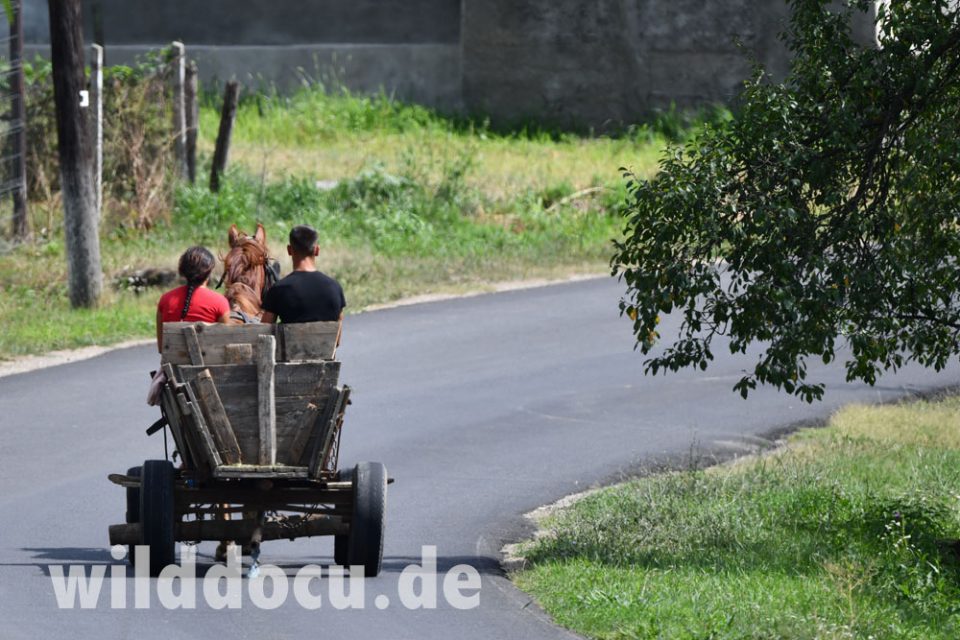
I see a Roe Deer (Capreolus capreolus) in the fields and stop for a road killed mole. The species is Talpa europaea. The Blind Mole (Talpa caeca) occurs further south.
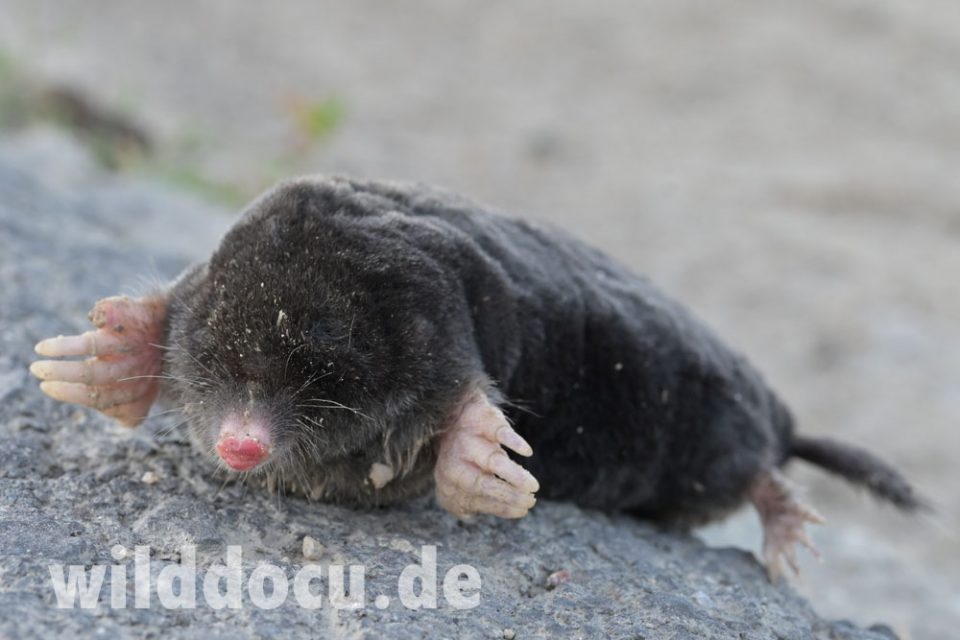
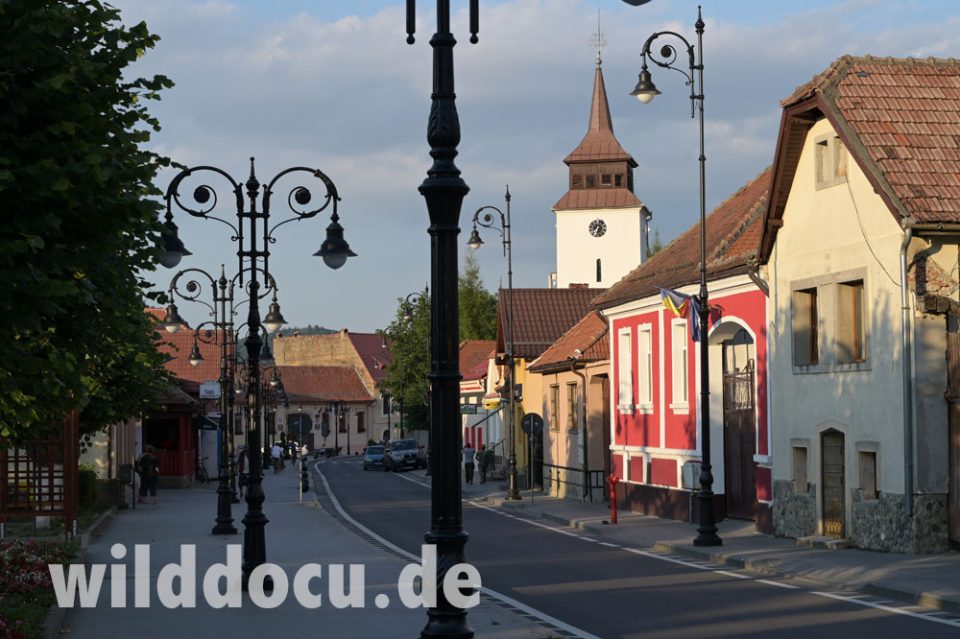
I arrive in the picturesque little town of Zărnești . I get some money and information and soon know where to climb the mountains in Piatra Craiului National Park in search for Carpathian Chamois (Rupicapra rupicapra carpatica).
It takes me around 2 hours to reach the mountain hut Cabana Curmătura. On the way up a Bank vole (Myodes glareolus) is a nice distraction.
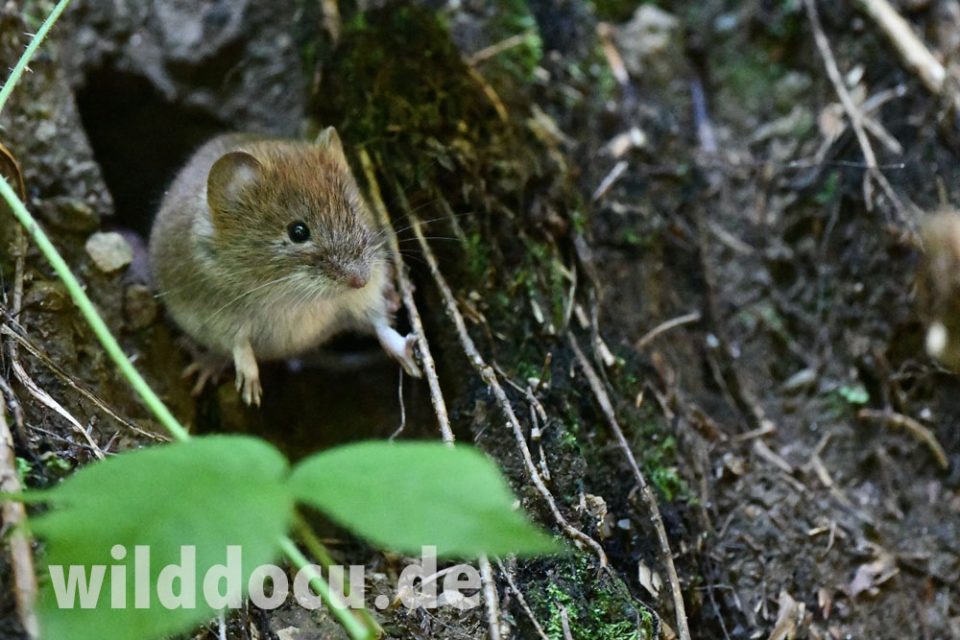
Cabana Curmătura is the last point to get water. (Piatra Craiului is calcareous.) From there I take the longer route via Șaua Crăpăturii and with my heavy equipment I need three hours to reach the Refugiul (refuge) Ascuțit at 2133 m, where I am by myself.
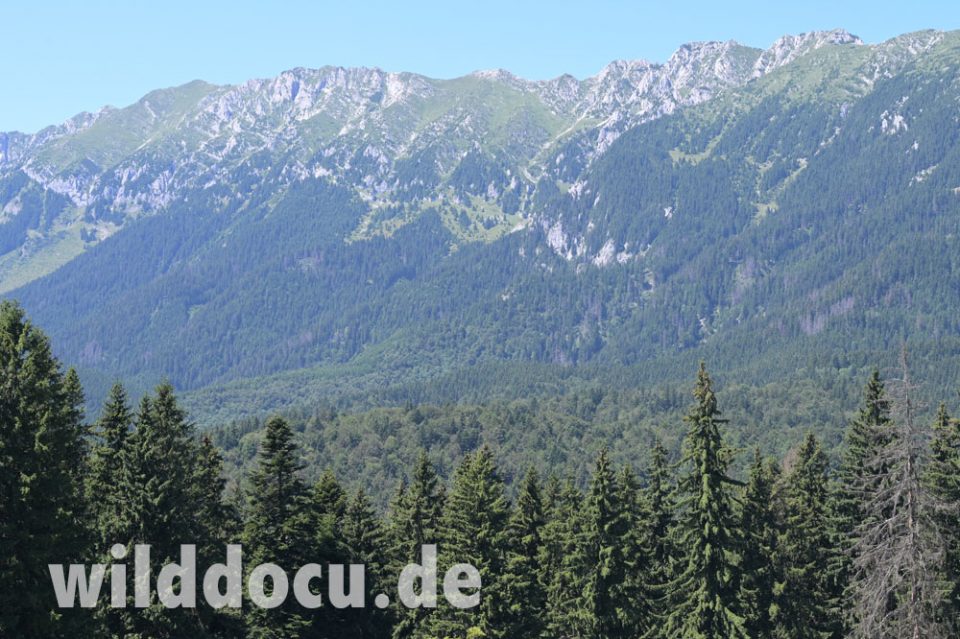
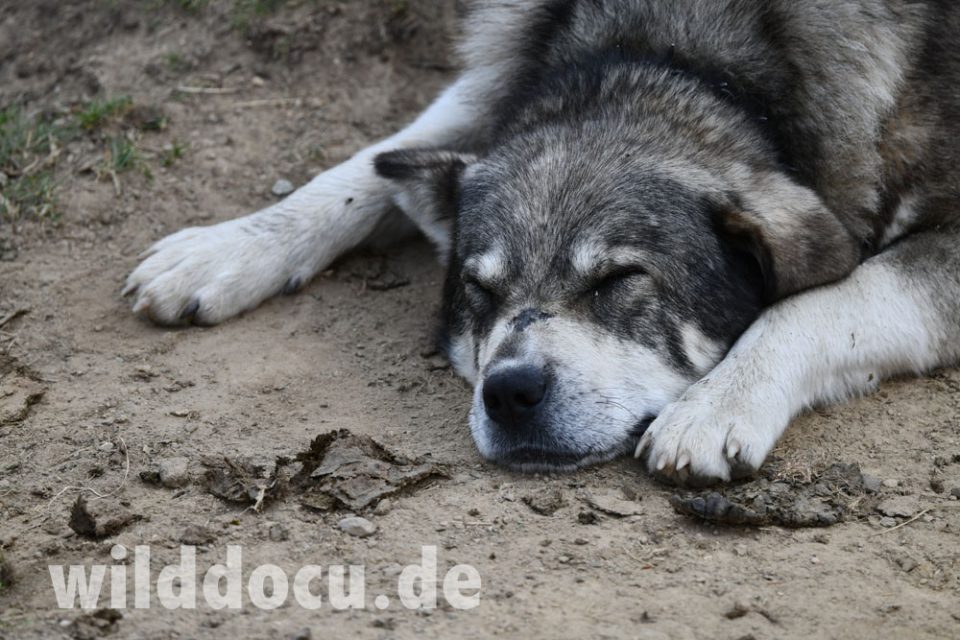
It becomes apparent that the chamois become active up on the ridge at dusk and dawn and also stay there during the night. Either they follow this pattern to avoid hikers during the day or to avoid encounters with lxnx during the night in terrain further down, which is less overseeable. I leave the door of the shelter open and see the chamois passing by my bed room at night.
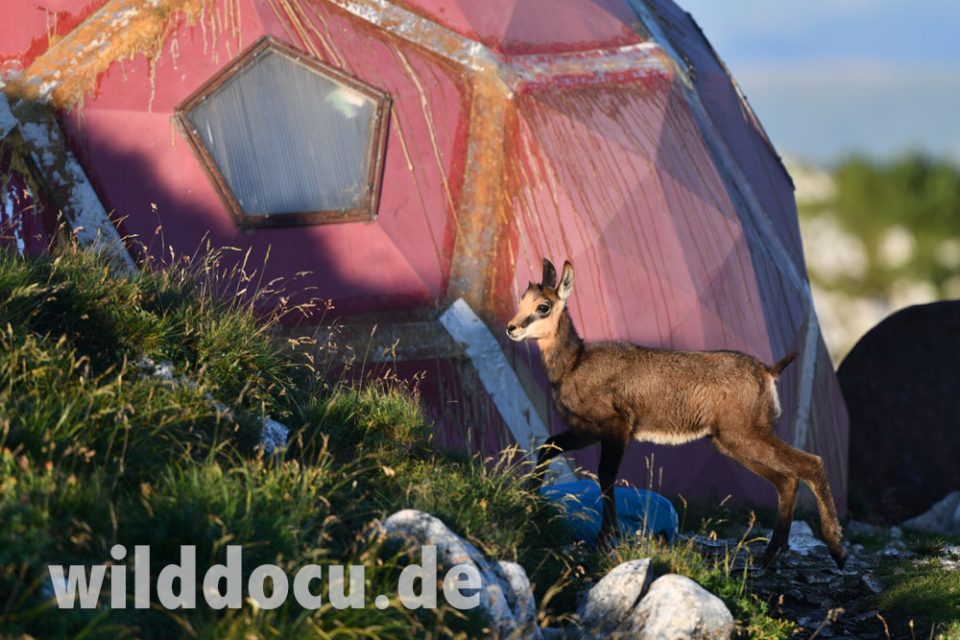
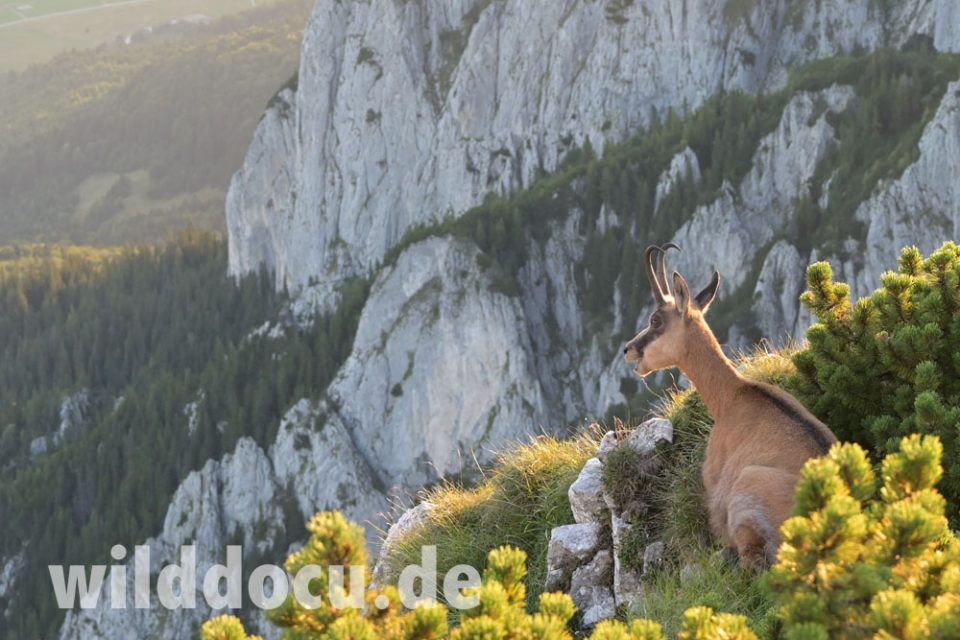
9.8.: Before sunrise the chamois are still around and feed right around the shelter. They are about eight animals – females, young and yearlings. Later I follow the ridge towards the peak La Om – armed only with my camera equipment, leaving the rest of my stuff at Refugiul Ascuțit. People I meet tell me that herd sizes are bigger further west. But as it proves true that there is not much chamois activity on the ridge during the day, I climb back towards Refugiul Ascuțit to welcome my chamois over there again. This night David from Munich joins me in the shelter.
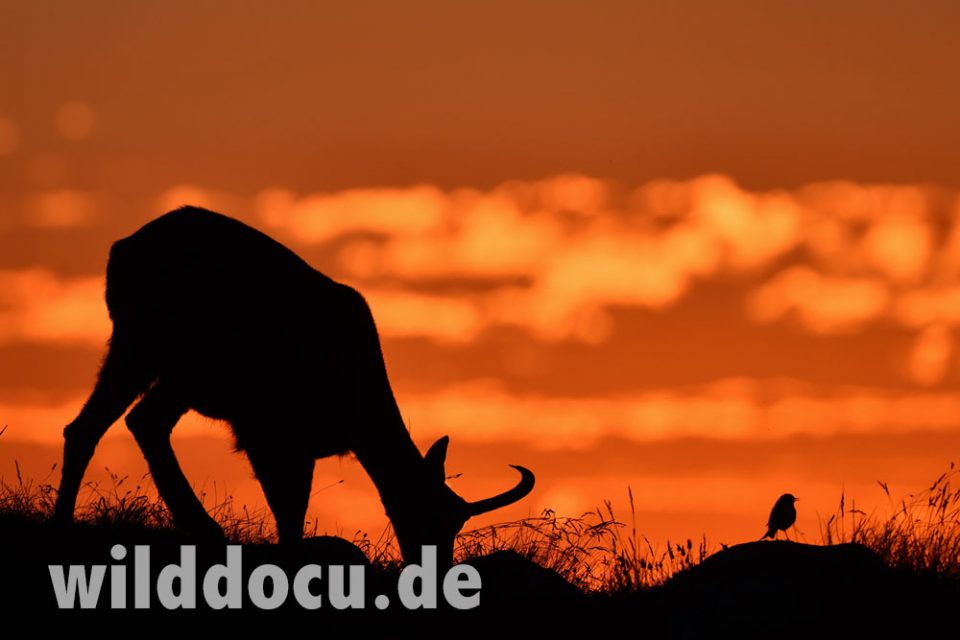
10.8.: I enjoy another morning photo session with “Capra-neagră”, as the locals call the Carpathian Chamois. This morning they seem to avoid the peak. I get them further down the southern slope.
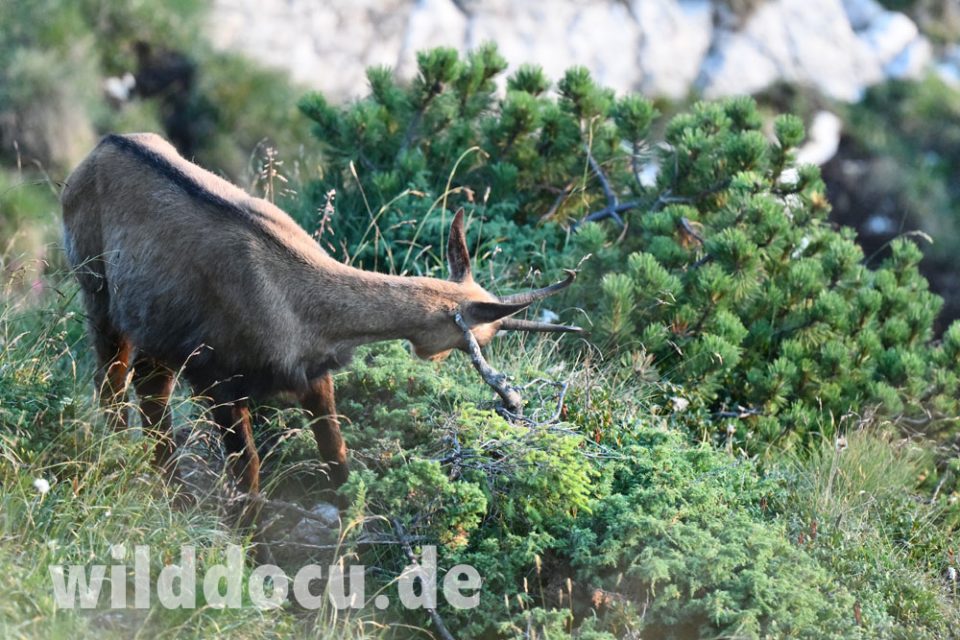
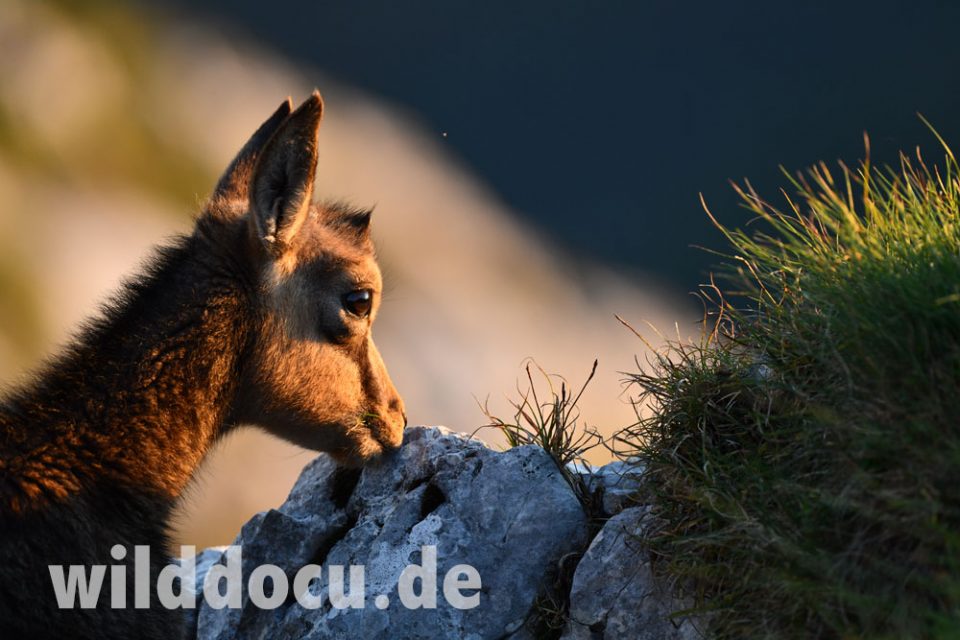
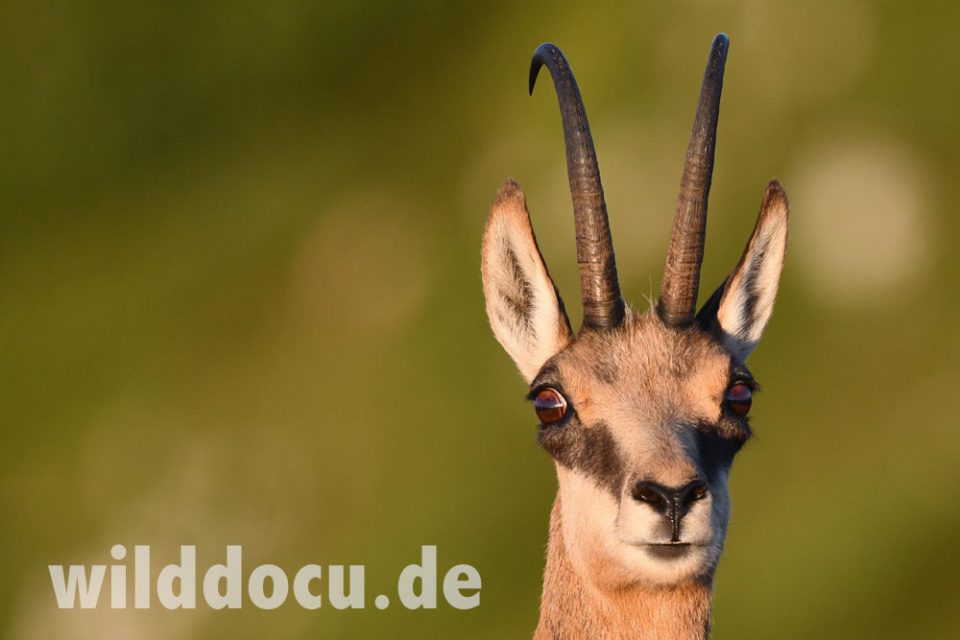
I get a really close look at this female. About half the length of the horn has a bony core supplied with blood – which of course you normally don’t see. With a thermal imager you do! The horny sheath is apparently so thin that the heat radiation gets through it. Wow!
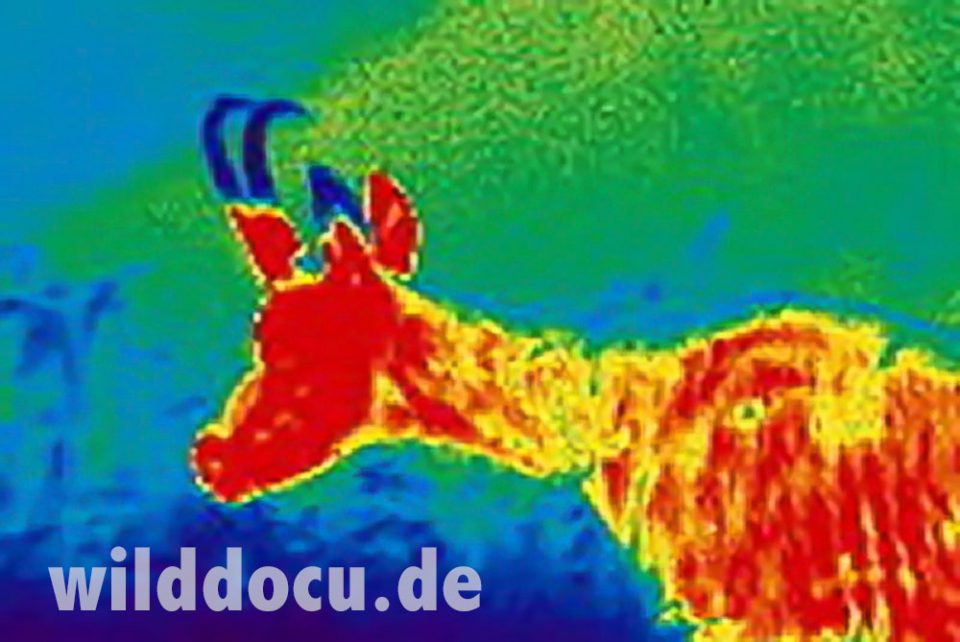
I had started at Cabana Curmătura two days ago with only 2 litres of milk and 1 litre of water for 45 hours – which is barely enough. After the present day breakfast the last sip is gone. Two hours later I reach the Cabana. Never was water so tasty! Birds of the morning are a Three-toed Woodpecker, a juvenile Robin and a Song Thrush.
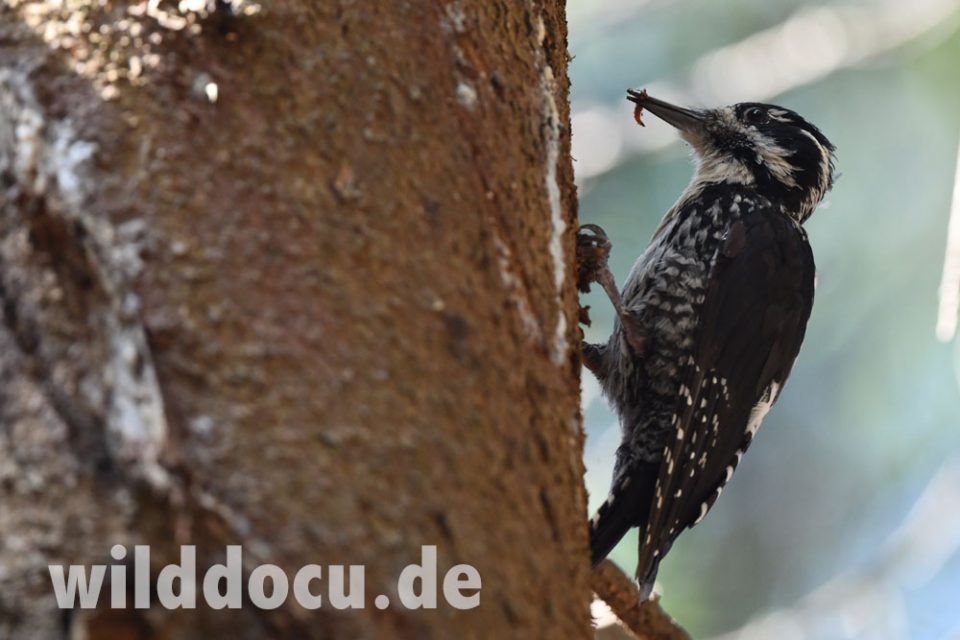
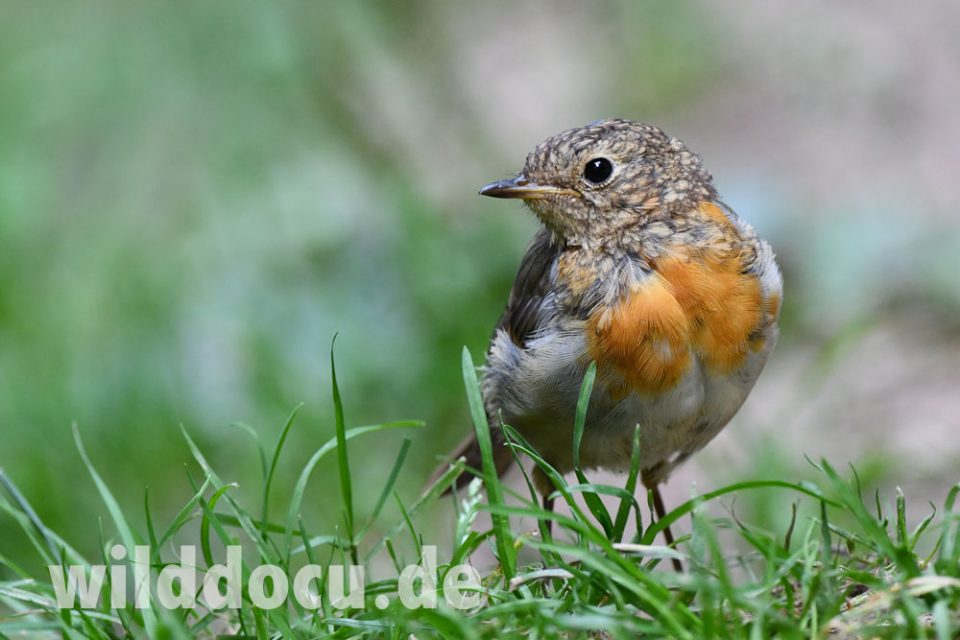
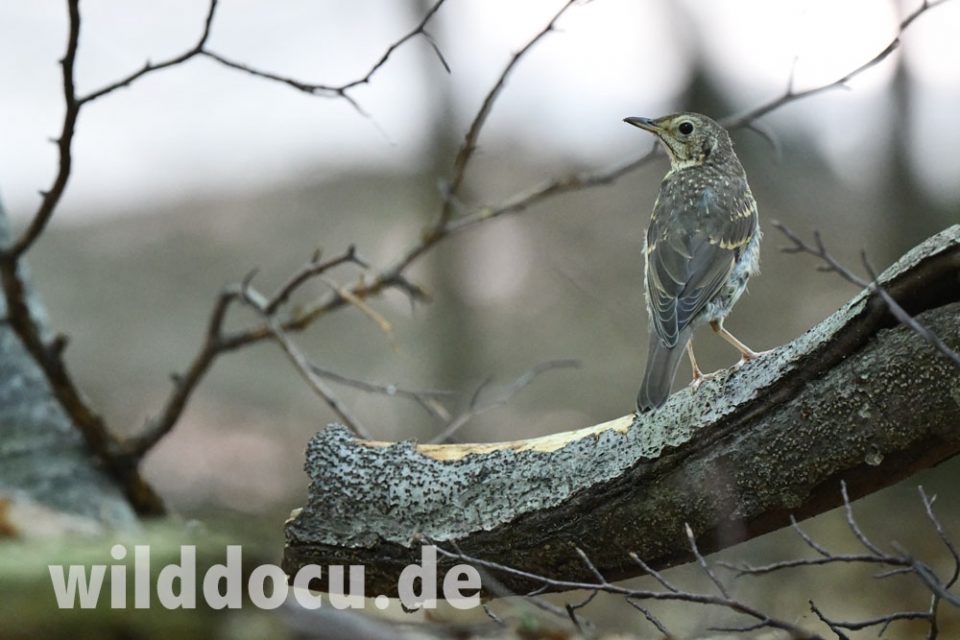
I chill the rest of the day and get ready for the 1800-km-drive back home. I will come again!
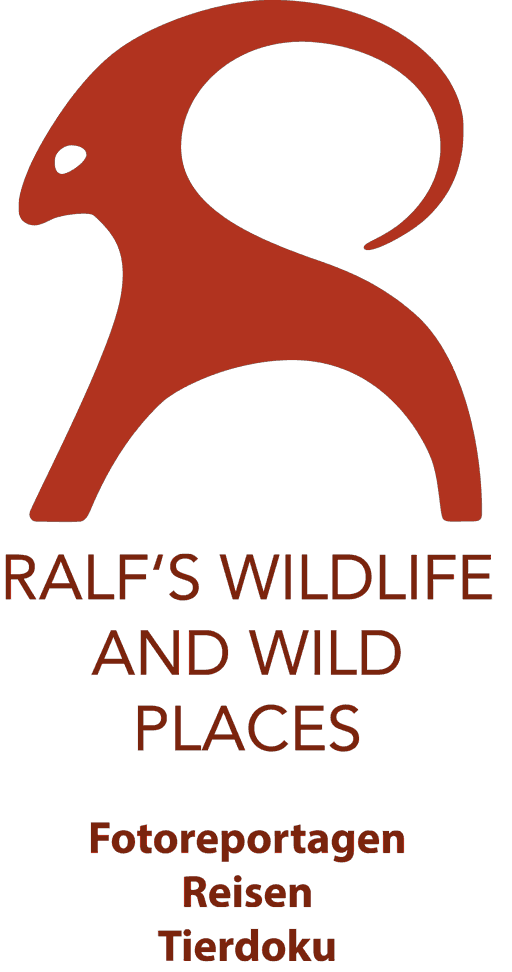
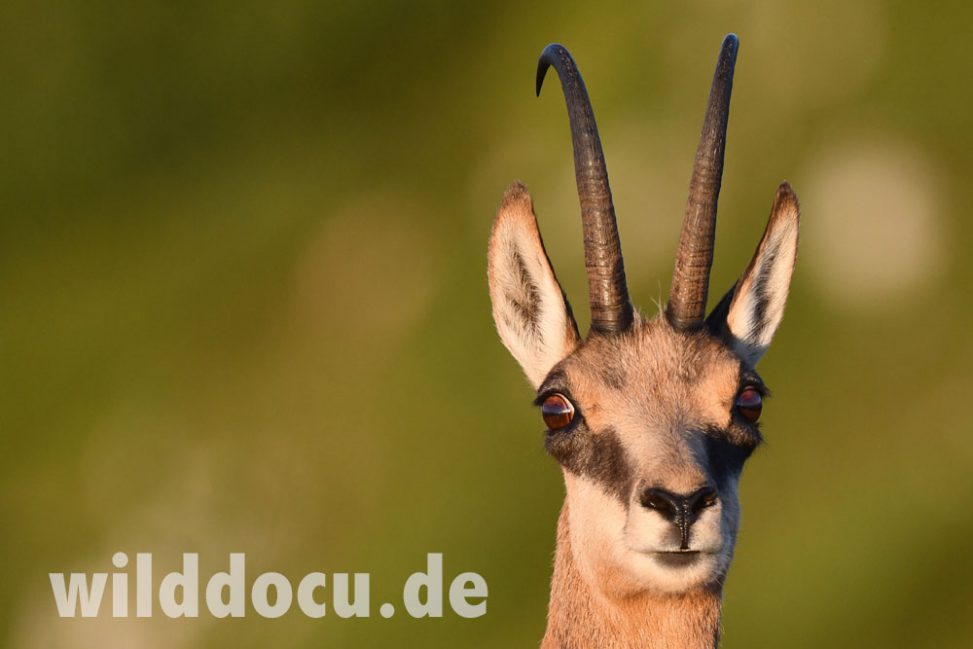
Schreibe einen Kommentar